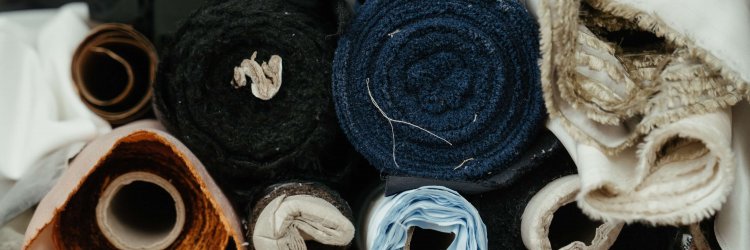It may surprise you, but clothing can actually protect you from the sunshine. It is even more effective than sunscreen in some cases. How is it possible? Our article will reveal the reason you should buy a T-shirt with a UV filter.
Clothing with UV protection is perfect for children and people who burn on sun easily. Unlike sunscreen, it protects the skin for the entire period of wear and its properties do not change after getting wet. You have to reapply the sunscreen regularly during the day, so this does not apply when wearing the clothes with UV protection.
Are regular clothes good enough?
You might think that a regular white t-shirt will do the same job, but that's not quite true. Just as the strength of SPF protection in sunscreens must be adjusted to where you are, how long you are in the sun, and what you are doing, you must also adjust your clothing accordingly.While in our latitudes a white T-shirt that has a maximum protection filter of 20 will be good enough, at the sea it will not be enough. Therefore, when traveling to the sea, you should think about special clothing with UV protection. Moreover, it will be great for children: you will not have to constantly chase the child with sunscreen that stings in the eyes, and the child will be able to play in the water as much as wanted. Beachwear has a defined UPF – fabric protection factor that works similarly to SPF in sunscreen.
In addition to small children and people who fall into phototype 1 (meaning people who never tan but only burn), UV clothing is also an option for people with allergies and atopic eczema. Sunscreens can unfortunately irritate their skin.
What clothes to choose for the water?
Always choose clothing that provides the best shade. This is mainly influenced by the density of the weaving and the grammage of the fabric. In other words - knitwear doesn't protect you that much, denim protects you well. However, the higher the density of the material, the worse the dissipation of heat and sweat from the body.In the case of regular textiles, its color also plays a role, although it is not as important as the structure of the material. So it can be said that if you dye a white T-shirt black, the percentage of transmitted light can be reduced by more than ten times.
However, light transmission is increased by getting the textile wet, which applies to all materials except silk and viscose. In the case of elastic clothing, such as swimwear or leggings, it is necessary to expect reduced sun protection in spots where the fabric is most stretched.
Clothing with a guaranteed protection factor
So, rather than trying to make an outfit with UV protection at home, go to the store and get beachwear that is made of Lycra. Nowadays, you can choose from a wide range of t-shirts, leggings and overalls for adults and children. The great thing about clothing is that you can maintain it the same way as you would take care of a swimsuit. This means you can wash them in the washing machine or by hand.How to choose clothing with a UV factor?
When purchasing, look for the mentioned abbreviation UPF, which stands for ultraviolet protection factor. Clothing that is marked this way has surely passed an efficiency test according to internationally recognized standards.The UPF number tells you how much UV radiation penetrates the clothing. For example, a factor of 50 means that it transmits only one fiftieth of the radiation falling on the fabric, i.e. 2%. As a result, the skin underneath the piece of clothes will turn red in 50 times longer time than it would turn red without this clothing protection.
When choosing a specific protection factor, remember that individual protection times vary depending on radiation intensity, latitude, time of year and day, weather and radiation reflection, and the extent of air pollution.
- In the Mediterranean region, the time of protection is reduced by approximately 30%, in the tropics by even 50%.
- UVB radiation increases with altitude. By 15% for every 1,000 meters of altitude.
- At least half of UV radiation is emitted at lunch time between 11:00 and 15:00.
- Even when the sky is cloudy, 50-80% of UV radiation penetrates the clouds.
- At a depth of 1 m, 50% of UVB and 75% of UVA radiation can still be measured.
In addition to being protected from sunburn and other health risks by clothing with a UV factor, you will also protect the environment and your wallet. With proper use of sunscreen, a family of three would need about 4 liters of sunscreen for a two-week beach vacation.



